Grow Zucchini at Home? Absolutely! Imagine stepping into your backyard and harvesting fresh, vibrant zucchini, ready to be transformed into delicious meals. No more bland supermarket vegetables – just the satisfaction of nurturing your own food from seed to table. For centuries, home gardening has been a source of sustenance and joy, connecting us to the earth and providing a sense of accomplishment. From ancient Roman gardens to the victory gardens of World War II, growing your own food has always been a way to ensure quality and freshness.
But let’s be honest, sometimes gardening feels more like a battle against pests and unpredictable weather than a peaceful pastime. That’s where these DIY tricks and hacks come in! I’m here to share simple, effective methods to help you grow zucchini at home successfully, even if you’re a complete beginner. We’ll cover everything from choosing the right variety to dealing with common problems, all with easy-to-follow instructions and readily available materials.
Why do you need these DIY tricks? Because growing zucchini doesn’t have to be complicated or expensive. With a few clever strategies, you can maximize your yield, minimize your effort, and enjoy a bountiful harvest of this versatile vegetable. Let’s get started and transform your garden into a zucchini paradise!
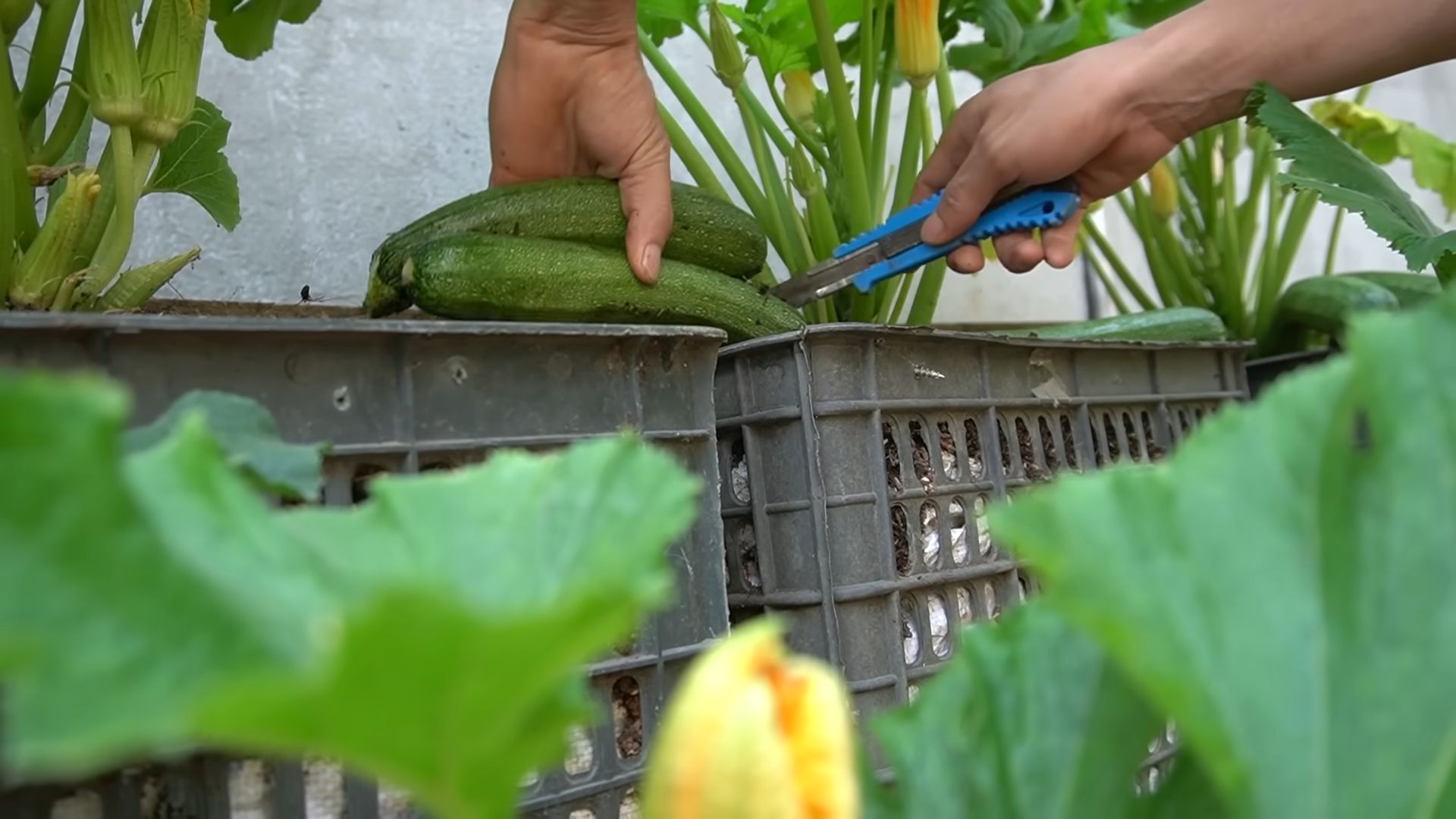
Growing Zucchini at Home: A Beginner’s Guide
Hey there, fellow gardening enthusiasts! I’m so excited to share my experience and tips on growing zucchini at home. Zucchini is a fantastic vegetable to grow – it’s prolific, relatively easy, and incredibly versatile in the kitchen. Plus, there’s nothing quite like the taste of a freshly picked zucchini from your own garden. Let’s dive in!
Choosing the Right Zucchini Variety
Before we get our hands dirty, let’s talk about zucchini varieties. There are tons to choose from, each with its own unique characteristics. Here are a few popular options:
* Black Beauty: This is a classic, reliable variety that produces dark green, almost black, fruits. It’s known for its excellent flavor and disease resistance.
* Golden Zucchini: If you want something a little different, try Golden Zucchini. It produces bright yellow fruits that are just as delicious as their green counterparts.
* Costata Romanesco: This Italian heirloom variety has ribbed fruits with a nutty flavor. It’s a bit more challenging to grow than some other varieties, but the taste is worth it.
* Round Zucchini (Eight Ball, One Ball): These varieties produce cute, round zucchini that are perfect for stuffing. They’re also great for adding visual interest to your garden.
I personally love growing Black Beauty because it’s so reliable, but feel free to experiment and find the variety that you like best!
Preparing Your Garden Bed
Zucchini plants are heavy feeders, so it’s crucial to prepare your garden bed properly. Here’s what I do:
* Sunlight: Zucchini needs at least 6-8 hours of sunlight per day. Choose a spot in your garden that gets plenty of sun.
* Soil: Zucchini prefers well-drained soil that’s rich in organic matter. If your soil is heavy clay or sandy, amend it with compost or well-rotted manure.
* Soil pH: The ideal soil pH for zucchini is between 6.0 and 7.5. You can test your soil pH with a soil testing kit.
* Fertilizing: Before planting, I like to work in a generous amount of compost and a balanced fertilizer (like 10-10-10) into the soil. This will give your zucchini plants a good start.
Planting Zucchini Seeds or Seedlings
You can start zucchini seeds indoors or direct sow them in your garden. I usually prefer direct sowing because it’s less work, but starting indoors can give you a head start, especially in cooler climates.
Starting Seeds Indoors (Optional)
1. Timing: Start seeds indoors about 3-4 weeks before the last expected frost.
2. Containers: Use peat pots or biodegradable pots to avoid disturbing the roots when transplanting.
3. Sowing: Plant 2-3 seeds per pot, about 1 inch deep.
4. Watering: Keep the soil moist but not soggy.
5. Light: Provide plenty of light, either with a grow light or a sunny windowsill.
6. Hardening Off: Before transplanting, gradually acclimate the seedlings to outdoor conditions by exposing them to increasing amounts of sunlight and wind over a week or two.
Direct Sowing Seeds
1. Timing: Wait until the soil has warmed up to at least 60°F (15°C). This is usually a couple of weeks after the last expected frost.
2. Spacing: Plant seeds 1 inch deep and 2-3 feet apart. Zucchini plants need plenty of space to spread out.
3. Watering: Water the seeds thoroughly after planting.
4. Thinning: Once the seedlings emerge, thin them to one plant per spot. Choose the strongest, healthiest-looking seedling.
Transplanting Seedlings
1. Timing: Transplant seedlings after the last expected frost, when the soil has warmed up.
2. Spacing: Space the seedlings 2-3 feet apart.
3. Planting: Dig a hole that’s slightly larger than the root ball. Gently remove the seedling from the pot and place it in the hole. Backfill with soil and water thoroughly.
Caring for Your Zucchini Plants
Once your zucchini plants are in the ground, it’s important to provide them with the care they need to thrive.
* Watering: Zucchini plants need consistent moisture, especially during hot, dry weather. Water deeply at the base of the plant, avoiding getting the leaves wet. I usually water my zucchini plants every 2-3 days, or more often if the weather is particularly hot.
* Fertilizing: Fertilize your zucchini plants every 2-3 weeks with a balanced fertilizer. You can also side-dress them with compost or well-rotted manure.
* Weeding: Keep the area around your zucchini plants free of weeds. Weeds compete with the plants for nutrients and water.
* Mulching: Apply a layer of mulch around your zucchini plants to help retain moisture, suppress weeds, and regulate soil temperature. I like to use straw or wood chips.
* Pest Control: Zucchini plants can be susceptible to a few pests, including squash bugs, squash vine borers, and aphids. Inspect your plants regularly for signs of pests and take action if necessary. I’ll talk more about pest control later.
* Pollination: Zucchini plants have separate male and female flowers. The female flowers need to be pollinated in order to produce fruit. If you’re not seeing any fruit develop, you may need to hand-pollinate the flowers.
Dealing with Common Zucchini Pests and Diseases
Unfortunately, zucchini plants can be susceptible to a few pests and diseases. Here’s how I deal with them:
* Squash Bugs: These pests suck the sap from zucchini leaves, causing them to wilt and die. I control squash bugs by hand-picking them off the plants and dropping them into a bucket of soapy water. You can also use insecticidal soap or neem oil.
* Squash Vine Borers: These pests bore into the stems of zucchini plants, causing them to wilt and die. The best way to prevent squash vine borers is to wrap the base of the stems with aluminum foil or pantyhose. If you see signs of squash vine borers, you can try to remove them by slitting the stem and pulling them out.
* Aphids: These tiny pests suck the sap from zucchini leaves, causing them to curl and distort. I control aphids by spraying them with a strong stream of water or insecticidal soap.
* Powdery Mildew: This fungal disease causes a white, powdery coating on zucchini leaves. To prevent powdery mildew, make sure your plants have good air circulation and avoid getting the leaves wet when watering. If you see signs of powdery mildew, you can spray the plants with a fungicide.
Harvesting Your Zucchini
The best part about growing zucchini is, of course, harvesting the fruits of your labor!
* Timing: Zucchini is best harvested when it’s young and tender, usually when it’s about 6-8 inches long. Overripe zucchini can be tough and seedy.
* Harvesting: Use a sharp knife to cut the zucchini from the plant, leaving a short stem attached.
* Frequency: Zucchini plants are very productive, so you’ll likely need to harvest them every few days.
* Storage: Store zucchini in the refrigerator for up to a week.
Hand-Pollinating Zucchini
Sometimes, especially early in the season or when pollinator activity is low, zucchini flowers may not get properly pollinated. This results in the small zucchini fruit turning yellow and rotting before it grows. Here’s how I hand-pollinate:
1. Identify Male and Female Flowers: Male flowers grow on long, thin stems. Female flowers have a small zucchini fruit (the ovary) at the base of the flower.
2. Timing: The best time to hand-pollinate is early in the morning when the flowers are fully open.
3. Collect Pollen: Gently remove a male flower from the plant. Peel back the petals to expose the pollen-covered stamen.
4. Transfer Pollen: Gently rub the stamen of the male flower onto the stigma (the center part) of the female flower.
5. Repeat: Repeat this process for all the female flowers that are open.
6. Mark Pollinated Flowers (Optional): You can use a small piece of ribbon or string to mark the flowers that you’ve hand-pollinated. This will help you keep track of which ones you’ve already done.
Enjoying Your Harvest
Now that you’ve harvested your zucchini, it’s time to enjoy it! Zucchini is incredibly versatile and can be used in a variety of dishes. Here are a few of my favorite ways to use zucchini:
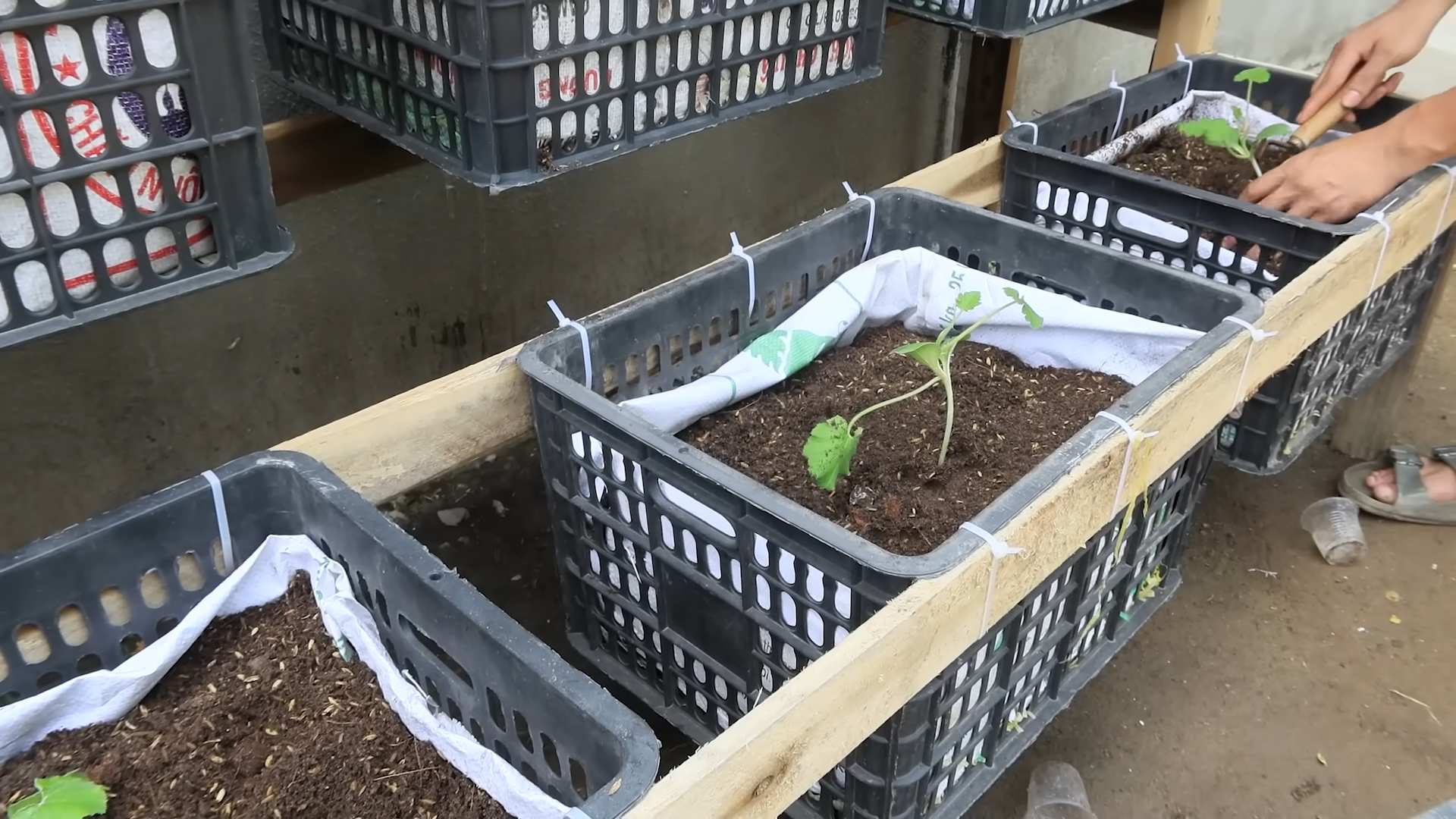
Conclusion
So, there you have it! Growing zucchini at home is not only achievable, but it’s also incredibly rewarding. From the satisfaction of nurturing a tiny seed into a bountiful plant to the sheer deliciousness of freshly harvested zucchini, this DIY project is a must-try for any home gardener, regardless of experience level. Forget those bland, overpriced zucchini from the grocery store; imagine the vibrant flavor and crisp texture of zucchini you’ve grown yourself, knowing exactly where it came from and how it was cared for.
This isn’t just about saving money; it’s about connecting with nature, learning new skills, and enjoying the fruits (or rather, vegetables!) of your labor. Plus, homegrown zucchini often tastes significantly better than store-bought varieties. The freshness and lack of transportation time make a world of difference.
But the fun doesn’t stop there! Once you’ve mastered the basics, you can experiment with different zucchini varieties. Try growing golden zucchini for a splash of color, or opt for a round zucchini like ‘Eight Ball’ for a unique presentation. You can even explore heirloom varieties for a taste of history.
Consider companion planting to enhance your zucchini’s growth and deter pests. Marigolds, nasturtiums, and basil are all excellent choices. They not only add beauty to your garden but also provide natural pest control.
And don’t forget about the blossoms! Zucchini flowers are edible and incredibly delicious. They can be stuffed, fried, or added to salads for a delicate, floral flavor. Just be sure to harvest only the male blossoms to avoid reducing your zucchini yield.
Growing zucchini at home is more than just a gardening project; it’s an opportunity to embrace a sustainable lifestyle, connect with nature, and enjoy the freshest, most flavorful zucchini imaginable. It’s a chance to get your hands dirty, learn something new, and reap the rewards of your hard work.
We encourage you to give this DIY trick a try. Start small, be patient, and don’t be afraid to experiment. And most importantly, share your experience with us! We’d love to hear about your successes, challenges, and favorite zucchini recipes. Share your photos and stories in the comments below, and let’s create a community of zucchini-growing enthusiasts! Happy gardening!
Frequently Asked Questions (FAQ)
What is the best time to plant zucchini seeds?
The best time to plant zucchini seeds is after the last frost, when the soil has warmed to at least 60°F (15°C). Zucchini is a warm-weather crop and is sensitive to frost. Planting too early can stunt its growth or even kill the seedlings. In most regions, this is typically in late spring or early summer. You can start seeds indoors 3-4 weeks before the last expected frost to get a head start, but be sure to harden them off before transplanting them outdoors.
How much sunlight does zucchini need?
Zucchini plants need at least 6-8 hours of direct sunlight per day to thrive. Choose a sunny location in your garden where they will receive ample sunlight throughout the day. Insufficient sunlight can lead to weak growth, reduced fruit production, and increased susceptibility to pests and diseases.
What type of soil is best for growing zucchini?
Zucchini prefers well-drained, fertile soil that is rich in organic matter. Amend your soil with compost or well-rotted manure before planting to improve its fertility and drainage. A slightly acidic to neutral soil pH (6.0-7.5) is ideal. Avoid heavy clay soils, as they can become waterlogged and inhibit root growth.
How often should I water zucchini plants?
Zucchini plants need consistent moisture, especially during hot, dry weather. Water deeply and regularly, aiming to keep the soil consistently moist but not waterlogged. Water at the base of the plant to avoid wetting the foliage, which can increase the risk of fungal diseases. Mulching around the plants can help retain moisture and suppress weeds. As a general rule, water when the top inch of soil feels dry to the touch.
How do I prevent common zucchini pests and diseases?
Several pests and diseases can affect zucchini plants, including squash bugs, squash vine borers, powdery mildew, and blossom end rot. To prevent these problems, practice good garden hygiene, such as removing plant debris and weeds. Inspect your plants regularly for signs of pests or diseases and take action promptly.
For squash bugs, handpick them off the plants or use insecticidal soap. For squash vine borers, you can try injecting Bacillus thuringiensis (Bt) into the stems. To prevent powdery mildew, ensure good air circulation around the plants and avoid overhead watering. Blossom end rot is caused by calcium deficiency, so amend your soil with calcium-rich amendments like bone meal or crushed eggshells.
When is the best time to harvest zucchini?
Zucchini is best harvested when it is young and tender, typically when it is 6-8 inches long. Overripe zucchini can become tough and seedy. Harvest regularly to encourage continued fruit production. Use a sharp knife or pruning shears to cut the zucchini from the plant, leaving a short stem attached.
Why are my zucchini flowers falling off without producing fruit?
This is a common problem called blossom drop. It can be caused by several factors, including insufficient pollination, temperature stress (too hot or too cold), and nutrient deficiencies. To improve pollination, you can hand-pollinate the flowers by transferring pollen from the male flowers to the female flowers using a small brush. Ensure your plants are receiving adequate water and nutrients, and protect them from extreme temperatures if possible.
Can I eat zucchini blossoms?
Yes, zucchini blossoms are edible and delicious! They can be stuffed, fried, or added to salads. Harvest the male blossoms to avoid reducing your zucchini yield. The best time to harvest blossoms is in the morning when they are fully open.
How do I store harvested zucchini?
Store harvested zucchini in the refrigerator for up to a week. Wrap it loosely in a plastic bag or container to prevent it from drying out. Avoid storing zucchini near ethylene-producing fruits like apples and bananas, as this can cause it to ripen too quickly. You can also freeze zucchini for longer storage. Shred or slice the zucchini, blanch it for a few minutes, and then freeze it in freezer bags or containers.
What are some creative ways to use homegrown zucchini?
The possibilities are endless! You can use zucchini in a variety of dishes, including zucchini bread, zucchini muffins, zucchini noodles (zoodles), zucchini fritters, zucchini soup, and grilled zucchini. You can also add it to stir-fries, salads, and pasta dishes. Don’t forget about the blossoms! They can be stuffed, fried, or added to salads for a delicate, floral flavor. Experiment with different recipes and find your favorite ways to enjoy your homegrown zucchini.

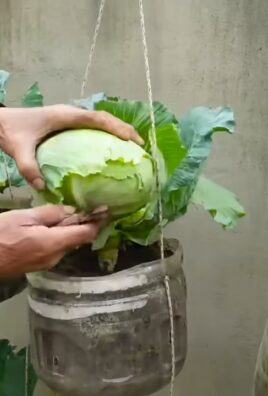
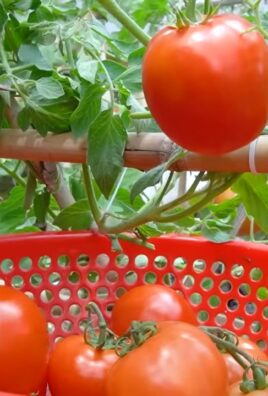
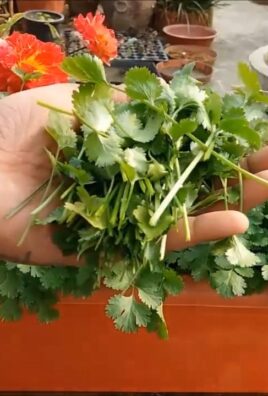
Leave a Comment